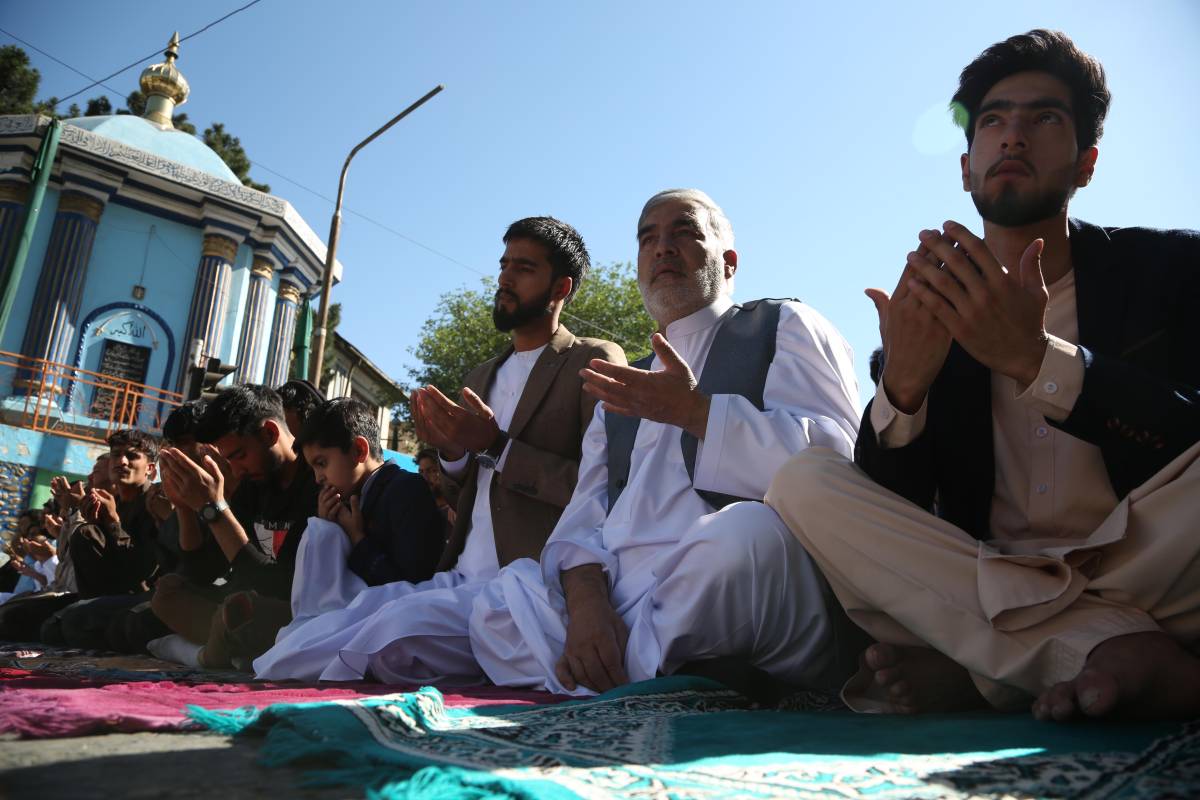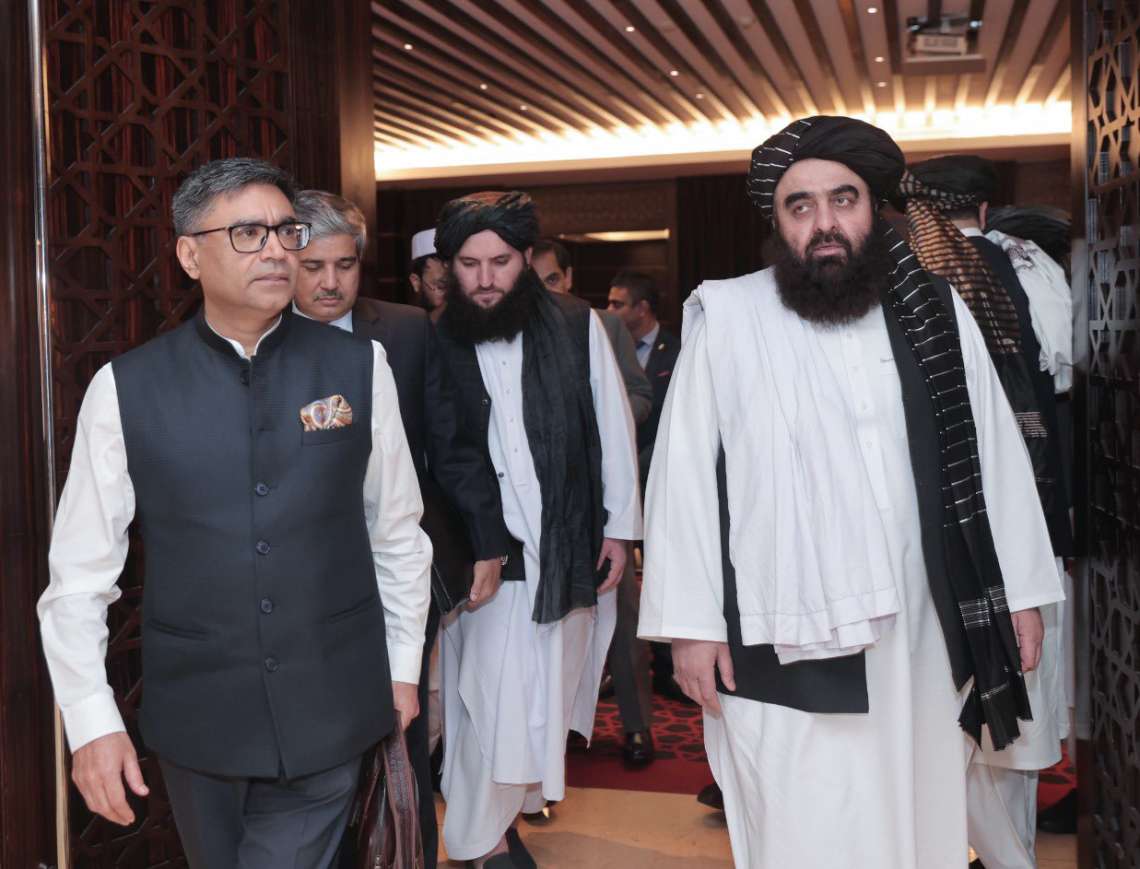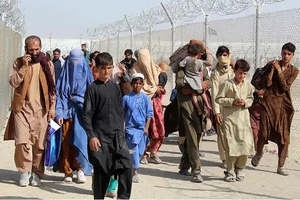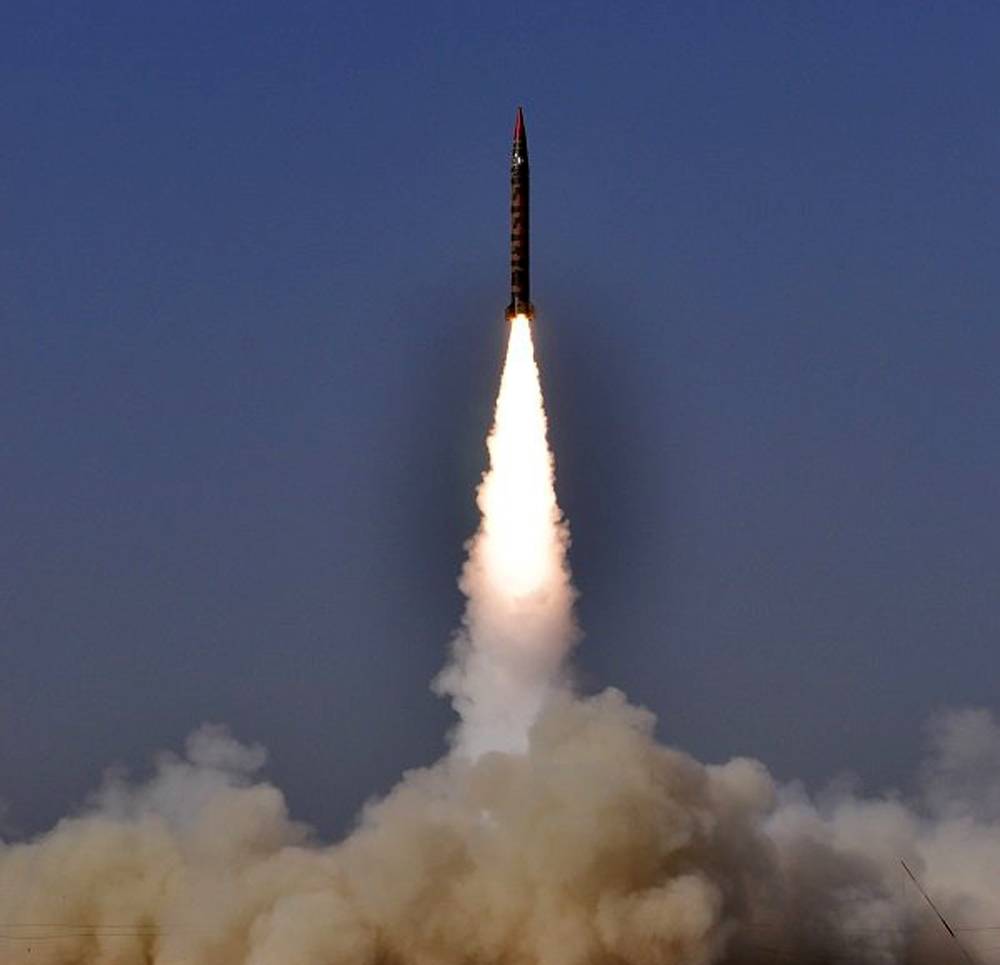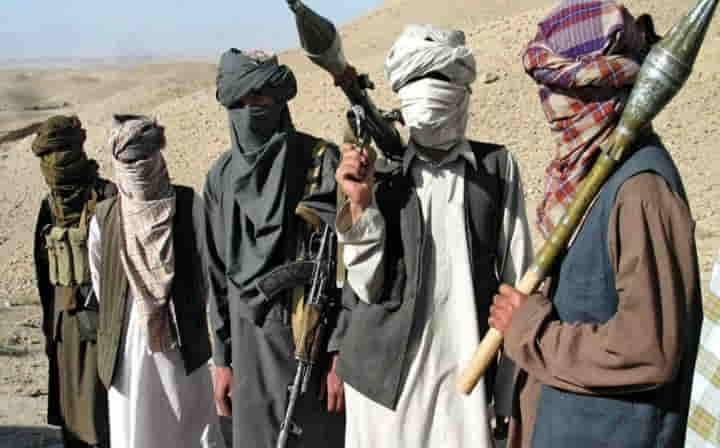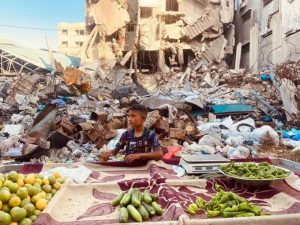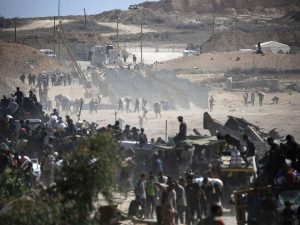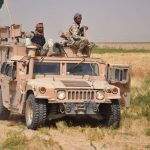Eleven of the victims were former members of the Afghan National Defence Security Forces, and two were civilians….reports Asian Lite News
Taliban forces unlawfully killed 13 ethnic Hazaras – including nine surrendering former government soldiers and a 17-year-old girl – in Afghanistan’s Daykundi province, a new investigation by Amnesty International has confirmed.
The killings happened in Kahor village of Khidir district on 30 August. Eleven of the victims were former members of the Afghan National Defence Security Forces, and two were civilians.
According to eyewitness testimony gathered by Amnesty, the Taliban extrajudicially executed nine of the Afghan National Defence Security Forces after they had surrendered, killings that appear to be war crimes. Two civilians were killed as they attempted to flee the area, including a 17-year-old girl shot when the Taliban opened fire on a crowd of people.
Amnesty has verified photographs and video evidence taken in the aftermath of the killings, and identified the location as Kahor village.
“These cold-blooded executions are further proof that the Taliban are committing the same horrific abuses they were notorious for during their previous rule of Afghanistan,” said Agnès Callamard, Amnesty International’s Secretary General.

“They repeatedly violate the rights of those they perceive as their adversaries, even killing those who have already surrendered. The Taliban say they are not targeting former employees of the previous government, but these killings contradict such claims,” she said.
“The Taliban must immediately cease these cruel acts of revenge and ensure employees of the former government and their families can live safely in Afghanistan. The new government must make clear that such grave violations will not be tolerated, and that those responsible will be prosecuted,” she added.
Verifying human rights abuses committed by the Taliban since they took control of Afghanistan in August has proven difficult, as the group have cut mobile phone services in many regions. Shortly after the fall of Kabul, Amnesty documented how Taliban fighters massacred nine ethnic Hazara men after taking control of Ghazni province.
Timeline of Kahor village surrender and killings
On 14 August, the Taliban took control of Daykundi province. An estimated 34 members of the Afghan National Defence Security Forces initially sought safety in Khidir district and had government military equipment and weaponry with them. They agreed to surrender to the Taliban as the armed group had already established its authority over large parts of the region. Mohammad Azim Sedaqat, who was leading the surrender, arranged to decommission the surrendering group’s weapons in the presence of the Taliban.
On 29 August, the men negotiated a full surrender to the Taliban.
On 30 August, an estimated 300 Taliban fighters arrived in convoy close to Dahani Qul village, where the Afghan National Defence Security Forces were staying, some with family members. As the government forces attempted to leave the area with their families, one vehicle remained stuck close to Kahor village.
When the Taliban fighters caught up with them, they opened fire on the crowd and killed a 17-year-old girl, called Masuma. One of the Afghan National Defence Security Forces then fired back, killing one Taliban fighter and wounding another. The Taliban continued to shoot as the government forces and their families fled, killing two Afghan National Defence Security Force members fleeing the scene. After nine more of the government forces surrendered, the Taliban immediately took them to a nearby river basin and executed them.
Videos and photographs reviewed by Amnesty show the corpses of 11 men in a line, many showing bullet wounds to their heads. One video shows a body being carried up an incline, believed to be at the river basin near Kahor. Amnesty has been unable to independently geolocate this video, but its content is consistent with eyewitness testimony describing the location as close to Kahor.
On 31 August, the day after the killings, villagers took the bodies to Dahani Qul, where they were brought to family plots for burial. Amnesty has reviewed and verified information confirming the locations of two of the graves, and the identities of the people buried there.
The Taliban then told remaining family members that anyone who had fled should return and surrender within three days. Interviewees told Amnesty that one senior Taliban official warned, “I have killed people for the past 20 years. Killing is easy for me. I can kill again.”
On 1 September, Sadiqullah Abed, the Taliban-appointed chief of police for Daykundi province, denied any killings had happened and instead said only that a member of the Taliban had been wounded in an attack in Daykundi.

